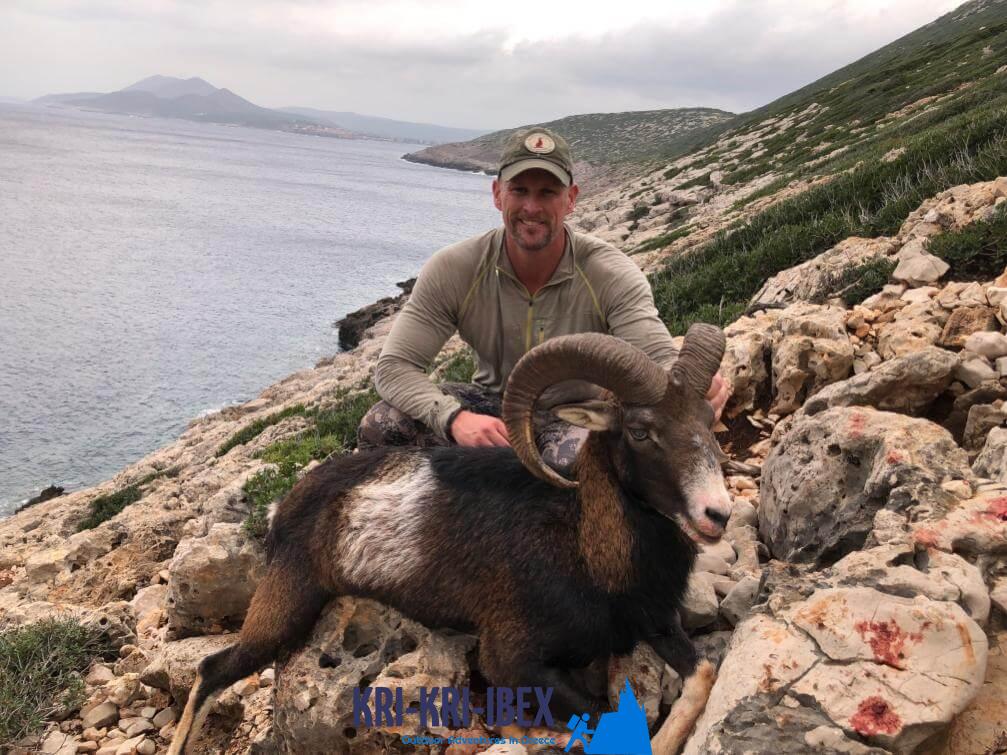Hunting Kri Kri ibex, fishing and also totally free diving in Greece
Hunting Kri Kri ibex, fishing and also totally free diving in Greece
Blog Article

To many people, The Peloponnese peninsula on the Greek Mainland is the 'actual' Greece, where points have actually not altered a lot in all over the centuries although that many people have uncovered it. This is a location where you could quickly spend a month, but if you are short in a timely manner then our exterior searching, Fishing, cost-free diving and also exploring Peloponnese Tours from Methoni is an excellent option.

Searching Kri-Kri Ibex on Sapientza Island is a satisfying however difficult task. The ibex stay in rugged, rough terrain that can easily leave you without footwear after only two journeys. Shooting a shotgun without optics can likewise be a tough job. The search is well worth it as the ibex are some of the most gorgeous animals in the world. Greece is a fantastic country with an abundant background and culture. There are many tourism chances readily available, consisting of walking, sightseeing and tour, as well as of course, searching. Greece supplies something for everybody and is absolutely worth a browse through.
What to Expect on a Peloponnese Tour? When you schedule among our searching and also touring Peloponnese Tours from Methoni, you can expect to be surprised by the natural beauty of the area. From the immaculate coastlines to the forests and mountains, there is something for every person to enjoy in the Peloponnese. Furthermore, you will have the possibility to taste several of the most effective food that Greece needs to provide. Greek food is renowned for being tasty as well as fresh, as well as you will absolutely not be dissatisfied. Among the most effective components about our trips is that they are created to be both fun as well as educational. You will certainly learn about Greek history and also society while additionally getting to experience it firsthand. This is an amazing opportunity to submerse yourself in everything that Greece needs to use.
If you are looking for Kri Kri ibex quest as well as remarkable trip location, look no further than the Sapientza island in Greece. With its magnificent all-natural beauty, delicious food, and also rich culture, you will not be disappointed. Schedule among our searching as well as visiting Peloponnese Tours from Methoni today, dot neglect your prize Kri Kri ibex!
What is the diference between Kri Kri ibex, Bezoar ibex and hybrid ibex
The kri-kri is not thought to be indigenous to Crete, most likely having been imported to the island during the time of the Minoan civilization. Nevertheless, it is found nowhere else and is therefore endemic to Crete. It was common throughout the Aegean but the peaks of the 8,000 ft (2,400 m) White Mountains of Western Crete are their last strongholds–particularly a series of almost vertical 3,000 ft (900 m) cliffs called ‘the Untrodden’—at the head of the Samaria Gorge. This mountain range, which hosts another 14 endemic animal species, is protected as a UNESCO Biosphere Reserve. In total, their range extends to the White Mountains, the Samaria National Forest and the islets of Dia, Thodorou, and Agii Pandes.
This Ibex is NOT a diminutive form of the Bezoar Ibex, which has migrated into the western-most reach of the range of this species. The kri – kri (Capra aegagrus cretica), sometimes called the Cretan goat, Agrimi, or Cretan Ibex, is a feral goat inhabiting the Eastern Mediterranean, previously considered a subspecies of wild goat. The kri-kri has a light brownish coat with a darker band around its neck. It has two horns that sweep back from the head. In the wild they are shy and avoid tourists, resting during the day. The animal can leap some distance or climb seemingly sheer cliffs.
“The agrimi goat Capra aegagrus cretica is unique to Crete and its offshore islands. It has been identi®ed as a sub-species of the wild bezoar goat Capra aegagrus aegagrus Erxleben, 1777, which it closely resembles in horn shape, body form and coloration. This classi®cation has been disputed by some researchers who claim that the agrimi are feral goats, derived from early domestic stock brought to the island by the ®rst Neolithic settlers. In order to clarify this issue, DNA analyses (cytochrome b and D loop sequences) were carried out on tissue of live and skeletonized agrimi and compared to sequences of wild and domestic caprines. Results conclusively show the agrimi to be a feral animal, that clades with domestic goats (Capra hircus) rather than with wild Asiatic bezoar. This study demonstrates that morphometric criteria do not necessarily re¯ect genetic af®nities, and that the taxonomic classi®cation of agrimi should be revised.”
Report this page